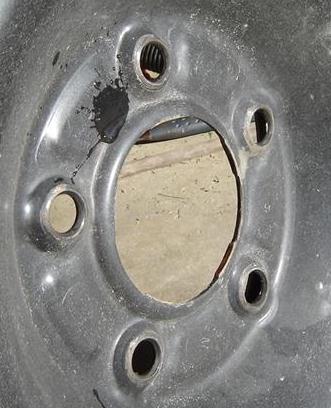GordonThree
Aug 26, 2017Explorer
Larger wheels
I've nearly completed converting my axle from over the spring to under it and I've gained a lot of clearance around the tire. So that has me thinking of going to 15" wheel from 14" and move up to a E rated tire.
One thing I'm looking at is wheels. There's the basic white or black steelie wheels that look like they get stamped out by the millions by some machine. Then there's fancier wheels, aluminum wheels, etc.
Other than aesthetics, are there advantages to a wheel that costs $100 vs one that costs $25?
One thing I'm looking at is wheels. There's the basic white or black steelie wheels that look like they get stamped out by the millions by some machine. Then there's fancier wheels, aluminum wheels, etc.
Other than aesthetics, are there advantages to a wheel that costs $100 vs one that costs $25?

